Project risk mitigation is one of the most pressing challenges organizations face. Large-scale, high-value initiatives demand more than simple task tracking—they require a comprehensive approach to aligning projects with strategy, optimizing resources, and anticipating risks before they become costly setbacks. Oracle Primavera stands out as a powerful solution that transforms the Project Management Office (PMO) from a purely administrative function into a strategic driver of organizational success.
Strategic Alignment as the Foundation of Project Risk Mitigation
The cornerstone of effective project risk mitigation is ensuring that every initiative directly supports the organization’s strategic objectives. Misaligned projects drain resources, introduce inefficiencies, and often fail to deliver value. Primavera’s Portfolio and Program Management module addresses this challenge head-on by providing a consistent, enterprise-wide view of all initiatives.
This visibility allows leaders to prioritize projects that not only meet current demand but also reflect the long-term strategic direction of the organization. By maintaining a balanced project mix, organizations can avoid overextension, protect against resource bottlenecks, and ensure their teams are focused on initiatives that truly matter. In this way, strategic alignment becomes a critical risk mitigation measure, reducing the likelihood of wasted investment or failed execution.
Scenario Planning: Anticipating Risks Before They Happen
Another key dimension of project risk mitigation is the ability to anticipate “what could go wrong” before committing to a course of action. Primavera empowers decision-makers with advanced “what-if” scenario analysis. With this capability, PMOs can model multiple portfolio outcomes, test different assumptions, and understand the potential impact of resource constraints, budget fluctuations, or shifting priorities.
Instead of reacting to problems once they arise, organizations gain proactive insight into how changes affect their overall portfolio. This foresight minimizes the risk of surprises and instills confidence that projects can proceed with resilience, even under uncertain conditions.
Enterprise-Grade Controls for High-Stakes Environments
Unlike lightweight project management tools geared toward agile teams, Primavera is designed for the complexity of large, traditional waterfall projects. These projects often involve billions in investment, multiple stakeholders, and regulatory scrutiny—environments where project risk mitigation is not optional but mission-critical.
Primavera’s structured controls, advanced resource leveling, and robust tracking capabilities provide the rigor required for these high-stakes scenarios. The investment in licensing, implementation, and training reflects the platform’s ability to address challenges that smaller tools cannot handle. Organizations such as NASA and the FAA demonstrate how Primavera’s portfolio mastery enhances visibility, reduces risk, and ensures that vital programs succeed under pressure.
AI and Machine Learning: The Future of Risk Mitigation
While Primavera provides the foundation for strategic alignment today, the future of project risk mitigation lies in the integration of Artificial Intelligence (AI) and Machine Learning (ML). These technologies are rapidly automating routine tasks such as scheduling and reporting, freeing project leaders to focus on strategy and innovation.
More importantly, AI enables predictive analytics. By analyzing historical and real-time project data, AI can forecast potential delays, resource shortages, and budget overruns before they occur. This proactive approach to risk management moves organizations beyond reactive firefighting to intelligent, data-driven decision-making. As PMOs adopt AI, their ability to mitigate risk will expand exponentially, ensuring resilience in an increasingly uncertain business environment.
Adaptive Processes: Balancing Flexibility and Control
Another emerging trend that supports project risk mitigation is the rise of xPM, or blended project management. Instead of rigidly adhering to Agile or Waterfall methodologies, modern PMOs must be prepared to manage a hybrid mix of work within a single framework.
This adaptability ensures that organizations can apply the right process to the right project. High-risk, highly regulated initiatives may require the structure and controls of Waterfall, while innovation-driven projects benefit from the speed of Agile. By designing tailored, scalable processes, PMOs reduce the risk of mismanagement while enhancing organizational agility.
The Human Factor: Change Management as Risk Mitigation
Technology and processes alone cannot guarantee successful outcomes. One of the most overlooked aspects of project risk mitigation is the human side of change. Employees often respond unpredictably to new systems, workflows, or cultural shifts, creating resistance that can derail even the most carefully planned initiatives.
To address this, PMOs must embrace structured change management. Clear communication of objectives, active stakeholder engagement, and a roadmap with achievable quick wins all contribute to smoother transitions. By preparing teams for change and providing continuous training, organizations mitigate the risk of low adoption rates and underutilized investments.
Building a Culture of Continuous Improvement
Ultimately, project risk mitigation is not a one-time task but an ongoing discipline. The most successful PMOs foster a culture of experimentation and continuous improvement. By encouraging feedback, learning from failures, and remaining open to new technologies and approaches, organizations create resilience that shields them from both foreseeable and unforeseen risks.
Primavera’s ability to provide portfolio-wide visibility, combined with future innovations like AI, equips organizations to manage complexity at scale. But it is the integration of technology, process, and people that ensures long-term success.
Project risk mitigation requires more than checking boxes on a project plan—it demands strategic alignment, foresight, adaptability, and cultural resilience. Oracle Primavera delivers these capabilities at an enterprise scale, helping PMOs not only manage risk but also transform it into opportunity.
By aligning projects with strategic goals, modeling “what-if” scenarios, adopting AI-driven predictive analytics, and embracing change management, organizations can reduce uncertainty and maximize return on investment. For enterprises operating in complex, high-value environments, Primavera is more than a project management tool—it is a strategic enabler of risk mitigation and long-term success.
About CMC Project Solutions
The future of project management demands more than adaptability — it requires expertise in aligning people, processes, and technology. At CMC Project Solutions, we help organizations embrace innovation and prepare for the next generation of PMO leadership.
As a multidisciplinary engineering and construction consulting firm, we specialize in project management, staffing augmentation, and PMO support. Certified as both a WBE and DBE, we partner with public and private organizations nationwide to implement forward-thinking strategies that drive success.


